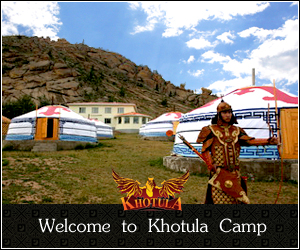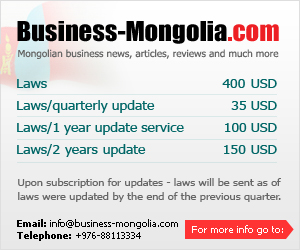Scientific Development of Mongolia
Mongolia has a tradition of respect for knowledge and wisdom. In great Genghis Khan’s times people with knowledge and experience were summoned in “The counsel of sages”. It was highly respected for its assistance in state management and conduct of domestic and foreign policies. Besides, the members of this group were ranked according to their functions, for instance, there were people, whose duty was to write down the Khaan’s orders or to announce them to people. Later, in 1264, Genghis’s grandson Khubilai Khan, founded the so-called “Institute of learned scholars”, by which the concept of “Academy” was given to the world. Here, all the wise with their own specific tasks and duties would be ranked and named. In 1921 “The Literary Committee” was established. It was the predecessor of the Mongolian Academy of Sciences (MAS) which was born in 1961. Until the end of 20th century the Academy existed and worked within the standards of similar organizations of the former USSR. Science entered into the 21st century realizing the speed of world scientific and technological development was high, and that new external conditions were coming into force. Over the past 80 years, Mongolian geologists have confirmed that Mongolia has over 80 kinds of mineral resources.
Many geological, geotectonic and hydro geological maps have been produced. Classification, analyses, location and development and history of the main periods of the organic world over 700 million years have been made. Maps for seismic activities location and a net of earthquake occurrence have been made. Theoretical research into physical mathematics, nuclear and space physics, biophysics and observation of latitude and longitude have been made. A total of 119 new and previously unknown medicinal plants have been discovered.
A catalogue of Mongolian mammals, birds and fish and about 9000 insects has been made. The Mongolian Academy of Sciences also released a Mongolian National Atlas and the Mongolian Red Book. A five-volume book on Mongolian history has been published. Mongolian archaeologists have been successful in their discoveries of archaeological treasures. Modern branches of medicine, such as space and human genetics have been newly developed.
The Mongol gene pool has been studied and a new human gene has been discovered. This success has been registered by the World Health Organization. Today, external relations and cooperation with Mongolian science are expanding. Mongolia now cooperates with science and academic organizations in 20 countries such as the USA, Russia, Britain, China, Germany and Korea. Since 1998 the Mongolian Parliament has been developing its own policy towards science by approving and implementing the Laws on Science and Technology, Law on Transfer of Technology. In addition, it created a legal framework for the activities of scientific organizations.
At present, the MAS has 49 scientific organizations, which consist of 5 technological sciences, 3 natural sciences, 5 agricultural sciences, 4 medical sciences, and 15 social sciences institutions and centers, as well as 10 research, experimental and production corporations. About 4254 researchers work in these organizations. There an about 800 scholars including 200 doctors of science.
Mongolian scholars have achieved big success in studying its history, language and culture, identifying peculiarities of its nature and climate, and investigating natural resources of the country, as well as in bringing new types of plants and new breeds of animals, diagnosing, treating and preventing different kinds of human and animal diseases.
In 2002 on the basis of the science, technology and information corporation a Technological National park was founded with the purpose of giving support to high technology’s development, making business more profitable and creating a Science Support Fund. The Mongolian Government in 2000 started the implementation of a 10 year National program to develop science and technology, and capacity-building, to increase the researchers and scientific workers’ creations and inventions’ evaluation, deepen market relations in this field, introduce the results of applied sciences into production and improve the structure. By doing so, the Academy will have a sustainable finance system.












